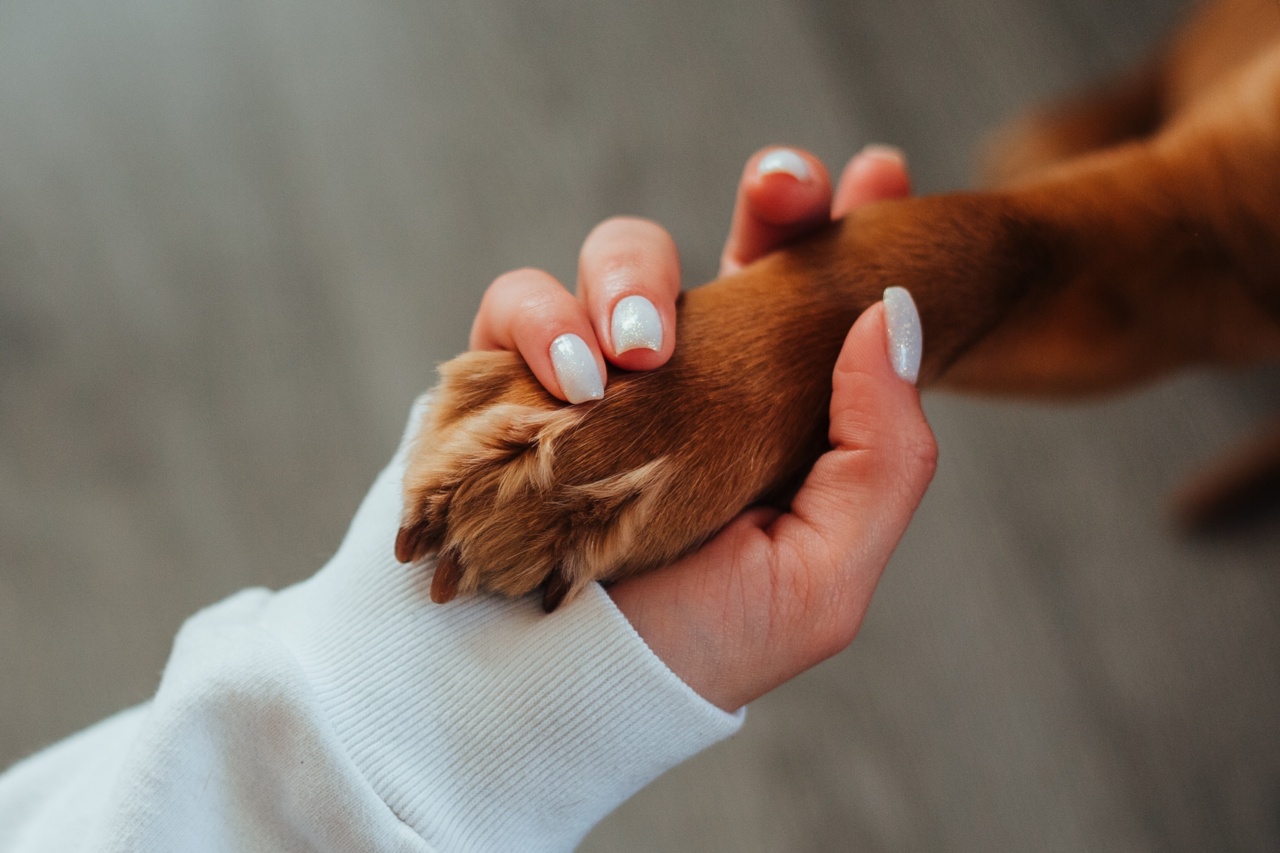Dogs are loyal and loving companions that bring joy and happiness to our lives. However, they can also be challenging when they develop behavioral issues.
Fortunately, proper training can help alleviate these problems and improve your dog’s behavior.
Step 1: Understand Your Dog’s Behavior
Before you can start training your dog, it is essential to acknowledge that dogs have natural instincts that influence their behavior. Understanding your dog’s breed and personality traits can help you select the best training approach.
For instance, some breeds are more enthusiastic, while others are independent or aggressive. Additionally, understanding your dog’s body language and vocalizations can help you know when they’re nervous, happy, or scared.
Step 2: Create a Positive Environment
Creating a positive environment is vital when it comes to training your dog. Punishing, yelling, or being harsh with your furry friend can lead to fear, anxiety, and even aggression.
Remember, dogs respond better to positive reinforcement rather than punishment.
You can create a positive environment by building a strong bond with your pet and using treats, praises, and toys to reinforce good behavior. Additionally, ensure your dog gets enough exercise, playtime, and sufficient rest.
Step 3: Set Achievable Goals
Your training goals should be realistic, achievable, and clear. Setting unrealistic expectations can lead to frustration, confusion, and disappointment. As you establish your training goals, keep in mind your dog’s ability, age, and temperament.
Start with simple commands and gradually build up to more challenging tasks. Also, avoid introducing too many commands at once; your dog could become overwhelmed and confused.
Step 4: Start with Basic Commands
Basic commands are the foundation of any dog’s training. These commands include sit, stay, come, and leave it. Teaching your dog these commands can help you control their behavior and keep them safe.
When teaching basic commands, start with one command at a time and repeat it multiple times until your dog understands and responds. Using positive reinforcement, such as treats, praise, and playtime, can help reinforce good behavior.
Step 5: Reinforce Good Behavior
Reinforcement is an essential part of dog training. Every time your dog exhibits good behavior, it’s essential to reinforce that action with praise, treats, or playtime.
This encourages your pet to repeat that behavior to get more rewards and avoid negative consequences.
Reinforcement can also apply to negative behavior by ignoring bad behavior or redirecting it to something more positive.
Step 6: Use Positive Reinforcement to Correct Bad Habits
While reinforcement helps to encourage good behavior, positive reinforcement can also help correct bad behavior.
For instance, if your dog jumps on people, redirect them by asking them to sit, rewarding them when they obey and discouraging them when they don’t.
Positive reinforcement discourages your pet from repeating that behavior by showing them they will get better results by doing something else, such as sitting instead of jumping.
Consistent positive reinforcement can help your pet learn new and better habits.
Step 7: Be Consistent
Training your dog requires consistency. You need to ensure that you’re clear, concise, and follow through on commands and training schedules. Avoid confusing your dog by changing rules or expectations midstream.
Instead, maintain consistency, use the same tone, and create a routine that your dog can follow.
Step 8: Incorporate Socialization
Dogs are social animals and thrive on interaction with people and other pets. Socializing your dog from an early age can help them adjust to different people, animals, and environments. This can reduce anxiety, aggression, and other behavioral issues.
The idea behind socialization is to get your dog used to new experiences, noises, scents, and surroundings.
It’s important to expose your pet to as many positive experiences as possible, including car rides, different types of people, new pets, and public places. Be sure to supervise your dog when socializing and keep them safe from harm.
Step 9: Practice Patience
Patience is essential when training your dog. Dogs have varying learning abilities, and some may take longer to learn and respond to training than others.
Avoid forcing your dog to obey commands or getting frustrated when they don’t understand what you’re asking.
Instead, take breaks when necessary, stay calm, and remain encouraging even when things get tough. Practicing patience can be challenging, but it’s critical to ensure that your furry friend gets the best training possible.
Step 10: Celebrate Success
Celebrate every small win as you train your dog. Praise them, give them treats, and engage in playtime to show them that you appreciate their effort. Celebrating success can increase your dog’s confidence and motivate them to keep improving.
Remember to enjoy the training process yourself, too. With patience, positive reinforcement, and consistency, you can educate your dog and build an unbreakable bond with them.























